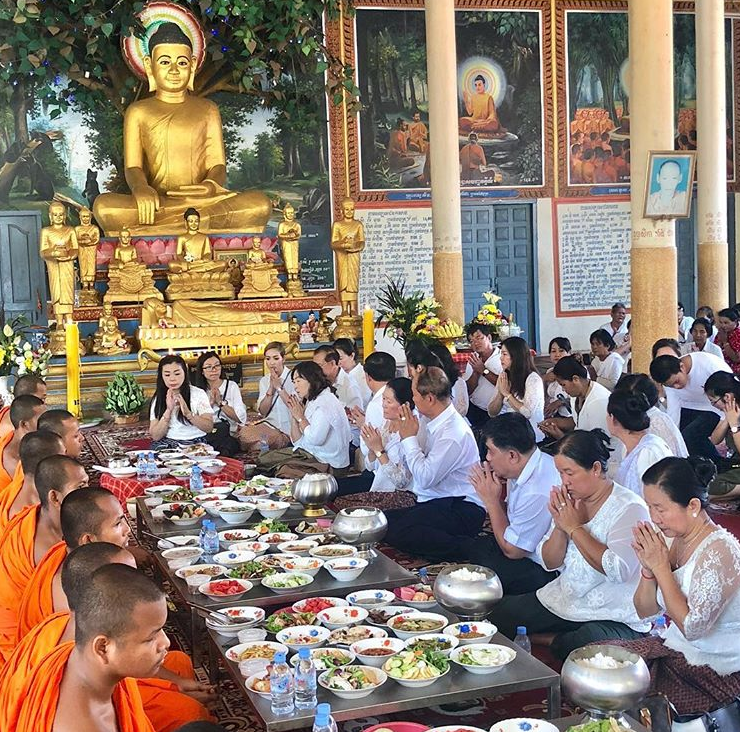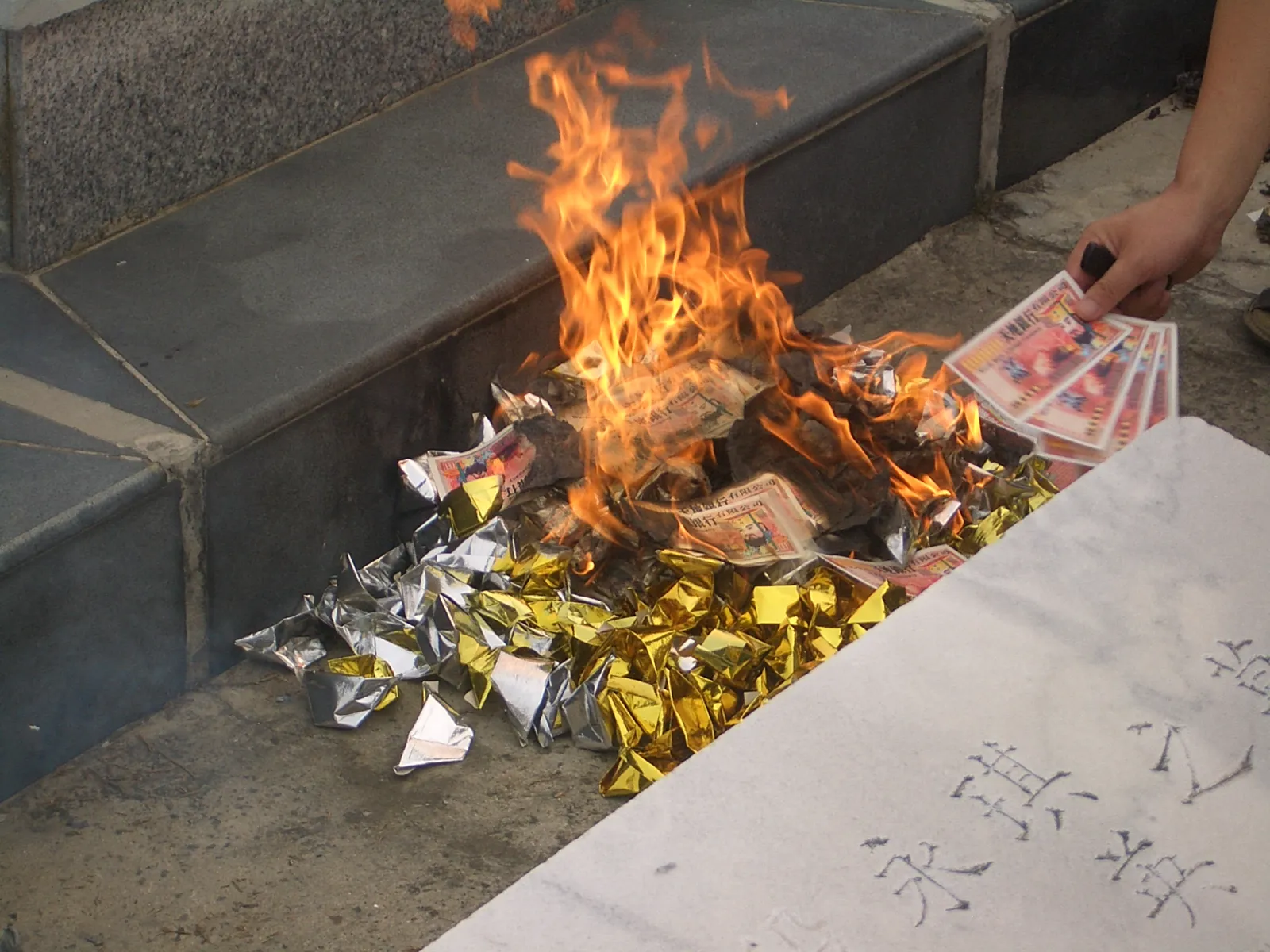Besides Mardi Gras, Halloween may be New Orleans's most favorite holiday. Much like the relationship between Mardi Gras and Ash Wednesday, Halloween is observed the night before the Roman Catholic All Saints Day on November 1.

Also like Mardi Gras, it is more deeply rooted in older pagan or nature/Earth-based seasonal rituals. In the case of Halloween, or Samhain (which translates to "summer's end" in Irish), its Celtic roots were never really erased. But the fact is that Halloween is just one of the many similar ways that people everywhere observe the end of summer, or the light part of the year.
One common belief around the planet is that the separation between the realms of the living and dead is thinned or dissolved during this time of year. In Mexico, the Day of the Dead is a celebration of reunion with loved ones who have passed, when the gates of heaven open up on November 1 and 2. In India, people visit with and honor their past three generations of dead during Pitru Paksha, or "the fortnight of the ancestors." In China, hungry ghosts roam the streets on the 15th day of the 7th lunar month each year. Among the Igbo of northern Nigeria, ancestors visit every two years, for as long as six months—from sometime in late September or early August until April.
Dishing out candy to kiddies who appear at your door dressed like ghouls and phantasms is a popular iteration of offering treats that appears in our local Halloween tradition, and the Day of the Dead is also known for its offering of cakes, cookies, and candies. But historically—and in most cultures—the group of people knocking on doors first offers a gift of song. And yes, in the most ancient of versions, "tricks" were doled out as a penalty for not rewarding the carolers with gifts.
Feasting and offerings of food are a nearly universal element of end-of-summer festivals and sweet treats seem to be a particular favorite. A Samhain celebration might feature mulled wine, cider, or mead. Austrians set out bread and water for visiting deceased. Even Catholics in Italy set a place at the table for their dead on All Saints Day. In the Philippines for All Saints Day, the folk tradition pangangaluluwa includes practitioners' offering songs as prayers for those in Purgatory and a supplication for sweet potatoes, purple yams, and sticky rice cakes.

Rice is a favorite offering made in most Hindu and Buddhist end-of-summer ancestor offerings. Along with other vegetarian dishes, sweet rice and milk is fed to cows, dogs, and crows as proxies for ancestors during Pitru Paksha in India. Sticky rice is also offered to as many as seven generations of visiting ancestors (see "hungry ghosts" in Buddhist China above) each year in Cambodia, during Pchum Ben—when the gates of hell open each year on the 15th day of the 10th month of the Khmer calendar (late September to early October).
Food also plays an important role in the divination rituals that are popular during this time of year. Bobbing for apples as a way of divining who would be married the following year was introduced to the Celtic Samhain by Roman colonizers (who were pagans carrying on the tradition of Pomona, goddess of plenty). An Irish Samhain tradition is for young single women to go blindfolded into the kitchen garden to harvest a cabbage. The cabbage is used to prepare colcannon and a ring is hidden in the pot. Whichever woman finds the ring is foretold to be married in the coming year. The Irish barmbrack (a raisin-filled quick bread) is also used in a divination game on Halloween, with symbolic objects—such as peas, coins, and beans—popping up like king cake babies in slices to portend fortunes.
Fire of some sort is another common offering in celebrations equivalent to Halloween around the world. In Ireland, turnips and fodder beets were hollowed and carved with grotesque faces to use as lanterns, to ward off evil spirits—a tradition that has become the American jack-o'-lantern. But most versions are more traditional offerings, often alongside flowers (and, of course, fruit and other sweet treats), such as in Mexico and India. In Poland, during Dzien Zaduszny in early November, candles are lit at family graves. In Italy, the preferred flower is the chrysanthemum and a lit red candle in a window honors the dead on All Saints Day. The Czech people leave an empty chair at the hearth that night.
Perhaps the most fantastic offerings of fire takes place during Hong Kong's Hungry Ghost Festival (referred to as the Yulan Festival by Buddhists and the Zhongyuan Festival by Taoists) when practitioners burn joss paper, hell money, and origami figures—paper folded into symbolic gifts like designer clothes. And the pageantry doesn't stop there. Local operas hold special performances, reserving the front row for visiting ghosts. The Hungry Ghost Festival also features costuming and street performances, much like the culmination of Awuru Odo in Nigeria. But only Hong Kong hosts a high stakes costume contest and parade that parallels New Orleans.

